Sinigang is a beloved Filipino dish that highlights the country’s culinary heritage with its tangy, savory, and refreshing flavors. Known for its comforting broth, sinigang is made using a combination of fresh vegetables, proteins, and souring agents, which contribute to its unique taste. For many, the dish evokes memories of family gatherings and hearty meals. Understanding the sinigang ingredients and mix composition is key to recreating its authentic flavor, whether you’re relying on fresh ingredients or using pre-made mixes.
This dish’s flavor largely depends on the balance of its core components, such as tamarind, kangkong, sitaw, and pork or seafood. However, modern adaptations often incorporate pre-made sinigang mixes for convenience, offering a quick solution while retaining the dish’s essential taste. This guide will delve into the traditional ingredients, explore the composition of packaged mixes, and discuss their nutritional implications. For a complete guide on preparing this dish from scratch, visit Sinigang Recipe Guide: Best Filipino Sour Soup.
Whether you’re a fan of regional variations like sinigang na baboy or innovative twists like miso sinigang, this article will help you choose and prepare the best ingredients for your version. Pair your sinigang with creative sides such as the Mini Pancakes Recipe for a delightful twist or enhance its umami with the Seafood Boil Sauce Recipe. With these insights, you’ll not only master the art of sinigang but also create meals that celebrate the essence of Filipino cuisine.
Print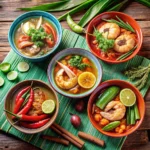
Sinigang Ingredients and Mix Composition
- Total Time: 1 hour 20 minutes (or less with Sinigang mix)
- Yield: 1 large pot of Sinigang 1x
Description
Sinigang is a quintessential Filipino dish known for its bold, tangy flavors. This sour soup can be made with a variety of meats, seafood, and vegetables, with tamarind being the classic souring agent. While the traditional Sinigang leans heavily on fresh tamarind, modern variations may use pre-packaged mixes or alternative souring fruits like green mangoes or calamansi. This recipe explores the ingredients and mix composition, highlighting both traditional methods and innovative twists.
Ingredients
Traditional Sinigang Ingredients:
- 1 lb pork belly or beef short ribs (or other protein of choice such as shrimp or fish)
- 1 medium onion, quartered
- 2 medium tomatoes, quartered
- 1 radish (labanos), sliced
- 1 eggplant, cut into 1-inch pieces
- 1 cup long green beans, cut into 2-inch pieces
- 2–3 medium potatoes, peeled and sliced (optional)
- 1–2 green chili peppers (optional, for heat)
- 2 cups water or broth
- 1 packet of tamarind mix or 1 cup fresh tamarind (soured to taste)
- 1 bunch water spinach (kangkong)
- Fish sauce or salt, to taste
- 1 tablespoon sugar (optional, to balance the sourness)
Modern Sinigang Mix Composition (for quicker preparation):
- 1 packet Sinigang mix (available in stores)
- 1–2 cups of fresh tamarind or other souring fruit (calamansi, green mango, etc.)
- 1 tablespoon soy sauce (optional, for deeper flavor)
- 1 tablespoon sugar (optional, for sweetness balance)
- 4 cups water or broth
Instructions
- In a large pot, bring water or broth to a boil. Add the pork (or protein of choice) and cook until tender. For pork belly or beef, this may take about 45 minutes to 1 hour.
- Once the meat is tender, add the onion, tomatoes, and radish. Simmer for about 10-15 minutes until the vegetables begin to soften.
- If using fresh tamarind, add the tamarind to the pot, either whole or in a tamarind pulp form. Alternatively, add the Sinigang mix for a quicker option.
- Add the eggplant, long beans, and green chili peppers, and cook until tender (about 5-7 minutes).
- Season the soup with fish sauce, salt, and sugar to taste.
- Stir in the water spinach (kangkong) just before serving, cooking for an additional 2-3 minutes until wilted.
- Adjust the sourness by adding more tamarind or Sinigang mix if necessary. Serve hot with steamed rice.
Notes
- Souring Variations: While tamarind (sampalok) is the classic souring agent, many modern recipes use alternatives like green mango (for a fruity tang), calamansi (for a citrusy twist), or even lemon. You can experiment with these to find the right balance for your taste.
- Meat Options: Sinigang can be made with pork, beef, shrimp, fish, or even chicken. The versatility of this dish makes it easy to adapt to various dietary preferences. For a vegetarian version, you can substitute the meat with tofu or mushrooms.
- Tamarind Mix: Pre-packaged Sinigang mixes are a great shortcut and often include the perfect balance of sourness, salt, and seasoning. However, many prefer to make it from scratch with fresh tamarind for a more authentic flavor.
- Modern Twist: For a more modern approach, some people like to add coconut milk for a creamy, slightly sweet variation. This is a great fusion of flavors while keeping the heart of the dish intact.
- Prep Time: 20 minutes
- Cook Time: 1 hour (or less with Sinigang mix)
- Category: Soup, Stew
- Method: Simmering, Boiling
- Cuisine: Filipino
The Cultural Significance of Sinigang
Sinigang is not just a dish—it is a reflection of Filipino culture and traditions. Its rich history and adaptability make it a staple in many households, embodying the warmth and resourcefulness of Filipino cuisine.
A Dish Rooted in Tradition
The origins of sinigang date back to indigenous Filipino cooking methods that emphasized fresh, local ingredients. Tamarind, one of the dish’s defining components, is native to the Philippines and has been used for centuries to create sour broths.
Traditionally, sinigang was prepared as a communal dish, bringing families together during meals. It is often served during gatherings, reflecting its role as a symbol of unity and comfort.
A Showcase of Filipino Flavors
Sinigang highlights the Filipino palate, which embraces bold, tangy, and savory flavors. The dish’s adaptability allows it to evolve with regional influences:
- Coastal areas often use fresh seafood like shrimp or milkfish.
- Inland regions favor pork or beef for a heartier version.
- Modern twists, like miso sinigang, showcase the fusion of traditional and contemporary techniques.
A Comfort Food For All Occasions
Sinigang is deeply associated with comfort, often served during rainy days or as a remedy for colds. Its warm, tangy broth provides not only nourishment but also a sense of home and nostalgia.
For those looking to explore the art of making this iconic dish, visit our Sinigang Recipe Guide: Best Filipino Sour Soup for step-by-step instructions.
The Role Of Ingredients In Sinigang’s Flavor
What Are The Main Ingredients Of Sinigang?
Sinigang gets its distinct taste from a combination of fresh, flavorful ingredients:
The core elements of sinigang include:
- Proteins: Pork (belly or ribs), shrimp, fish (milkfish or salmon), beef, or tofu for vegetarian options.
- Vegetables: Radish, kangkong (water spinach), sitaw (long beans), eggplant, tomatoes, and okra.
- Souring Agents: Tamarind (sampalok) is traditional, but alternatives like kamias, calamansi, or green mango are also popular.
- Seasonings: Fish sauce (patis), salt, and pepper to balance the flavors.
The combination of these ingredients creates the signature tangy and savory profile that defines sinigang.
Fresh Vs. Packaged Ingredients
- Fresh ingredients provide authenticity and maximize nutrients.
- Pre-made mixes, like Knorr Sinigang Mix, are convenient and deliver consistent results.
What Is Sinigang Mix Made Of?
For convenience, many households turn to pre-made sinigang mixes, which replicate the dish’s signature tanginess. These mixes typically contain:
- Tamarind Powder: The primary source of sourness.
- Salt and MSG: Enhance flavor and umami.
- Sugar: Balances the tangy profile.
- Preservatives: Extend shelf life.
Popular brands, such as Knorr and Mama Sita’s, offer mixes that cater to different preferences. Homemade mixes are also an option for those seeking a natural, additive-free alternative. This article delves into traditional ingredients, the composition of sinigang mixes, and tips for creating the perfect dish, ensuring every bowl captures the authentic essence of Filipino cuisine.
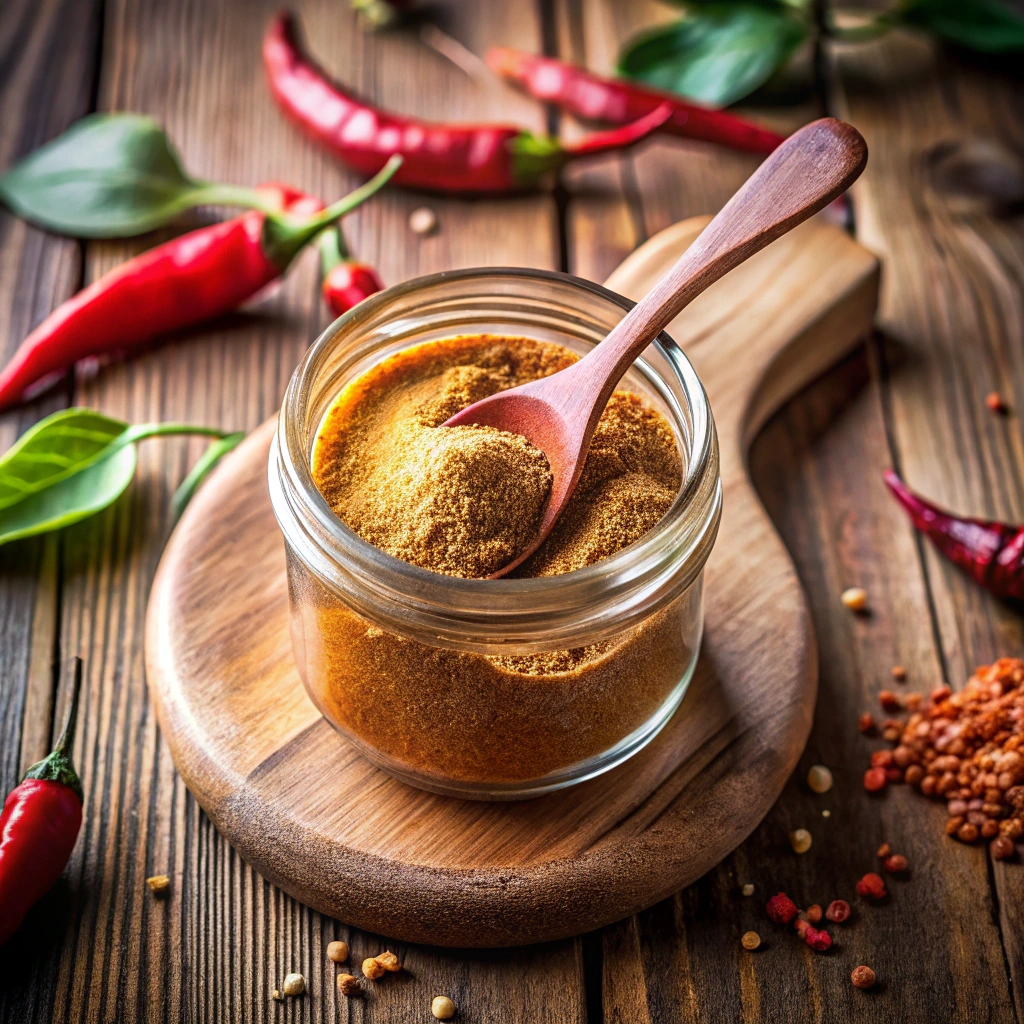
The Composition Of Sinigang Mixes
Sinigang is a beloved Filipino dish known for its tangy, savory flavor, which is traditionally achieved with fresh tamarind and other natural ingredients. However, in today’s fast-paced world, pre-made sinigang mixes offer a convenient solution for recreating this classic dish. Understanding what sinigang mix is made of helps you appreciate how these products deliver the iconic taste while saving time in the kitchen.
Key Components of Pre-Made Sinigang Mixes
Pre-made sinigang mixes aim to replicate the signature sourness and savory depth of traditional recipes. Typically, these mixes include the following components:
- Tamarind Powder: This ingredient serves as the primary source of the sour flavor that defines sinigang.
- Salt and MSG: These elements enhance the broth’s flavor and add the necessary umami notes.
- Sugar: This balances the tartness of tamarind with a subtle sweetness, creating a more harmonious flavor.
- Artificial Flavoring: To mimic the complexity of fresh ingredients, artificial flavoring is often added.
- Preservatives: These extend the shelf life of the mix, making it convenient for busy households.
By combining these ingredients, pre-made mixes provide a quick and reliable way to prepare sinigang, even on the busiest days.
Popular Brands and Variations
Several brands dominate the market for sinigang mixes, each offering a slightly different take on the dish’s flavor profile:
- Knorr Sinigang Mix: Known for its balanced and mild tamarind flavor, this mix is a favorite in many Filipino households.
- Mama Sita’s Sinigang Mix: Popular for its bold and authentic taste, making it an excellent choice for those seeking a more traditional flavor.
- Regional Variations: Some mixes include additional ingredients like miso or calamansi to reflect regional culinary preferences.
With these options, home cooks can select a mix that best suits their taste while ensuring their sinigang retains its comforting tang.
DIY Sinigang Mix
While pre-made mixes are convenient, making your own sinigang mix allows you to enjoy a natural and customizable alternative. For example:
- Ingredients: Tamarind paste, salt, sugar, garlic powder, and onion powder.
- Preparation: Combine these ingredients in the desired proportions, ensuring they are well mixed. Store the blend in an airtight container for future use.
This approach gives you complete control over the flavor and nutritional content of your sinigang. Moreover, it avoids the high sodium levels and preservatives found in some commercial mixes.
If you are looking for ways to balance your meals further, consider pairing sinigang with dishes from Healthy Bowl Recipes Variations.
Why Understanding Sinigang Mix Composition Matters
Knowing what sinigang mix is made of empowers you to choose between tradition and convenience. While pre-made mixes simplify the cooking process, homemade alternatives offer a healthier and more personalized way to enjoy this classic Filipino dish.
Whether you prefer the authenticity of fresh ingredients or the practicality of pre-made mixes, the key is to create a bowl of sinigang that reflects the comforting and tangy flavors that have made it a Filipino favorite.
Nutritional Value Of Sinigang
Nutritional Benefits Of Key Ingredients
- Vegetables:
- Radish: Low in calories and rich in antioxidants.
- Kangkong and Sitaw: Provide fiber and essential vitamins.
- Proteins:
- Pork offers essential amino acids and iron.
- Fish and shrimp supply lean protein and omega-3 fatty acids.
- Tamarind: A natural source of antioxidants and vitamin C.
Fresh Vs. Packaged Sinigang
- Freshly Made Sinigang: Lower in sodium and free of preservatives.
- Packaged Mixes: Convenient but often higher in sodium and additives.
For a healthier alternative, consider pairing your sinigang with dishes from our Healthy Bowl Recipes Variations.
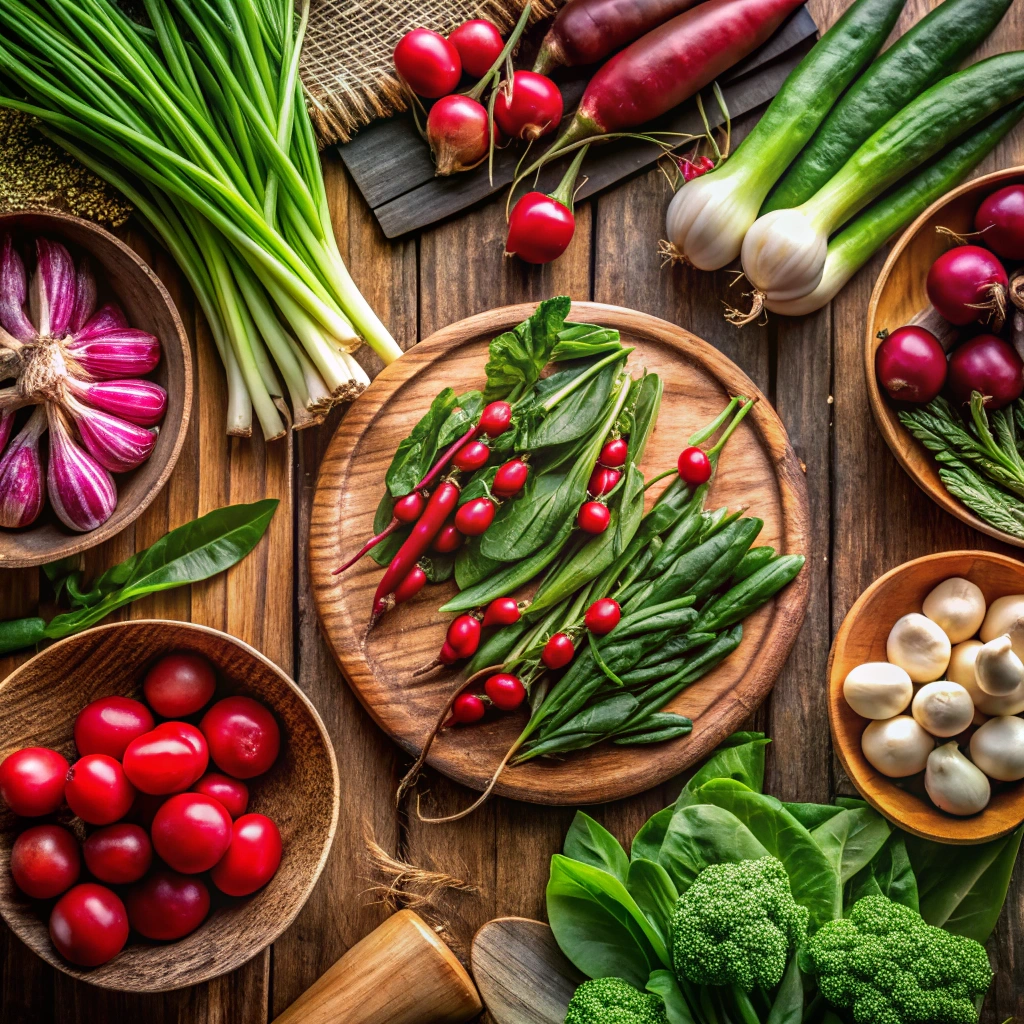
Variations Of Sinigang
Sinigang is a versatile dish that adapts to regional preferences, available ingredients, and creative innovations. From traditional recipes to modern twists, each variation adds a unique touch to this classic Filipino sour soup.
Traditional Regional Variations
Pork Sinigang (Sinigang na Baboy)
- The most popular version, featuring pork cuts like belly, ribs, or shoulder.
- The rich, savory broth combines beautifully with the tangy flavor of tamarind, making it a hearty and comforting meal.
Shrimp Sinigang (Sinigang na Hipon)
- A lighter option that uses fresh shrimp as the protein.
- The subtle sweetness of the shrimp complements the tangy broth, making it ideal for seafood lovers.
Milkfish Sinigang (Sinigang na Bangus)
- Often favored in coastal regions, this variation highlights the mild and tender flavor of milkfish (bangus).
- Adding tomatoes enhances the broth’s depth while balancing the fish’s natural sweetness.
Beef Sinigang (Sinigang na Baka)
- Beef shank or short ribs are commonly used for a rich and meaty broth.
- Tamarind and hearty vegetables like taro create a comforting dish perfect for cooler weather.
Modern Twists
Miso Sinigang
- Incorporates miso paste for a creamy texture and umami flavor.
- Often paired with seafood, such as shrimp or salmon, to enhance the broth’s complexity.
Vegetarian and Vegan Sinigang
- Uses tofu, mushrooms, and a variety of vegetables like squash and sweet potatoes for a plant-based version.
- Coconut milk can be added for a richer twist.
Sinigang with Green Mango
- Green mango is used as the souring agent, offering a unique and tropical flavor profile.
For more insights on adapting traditional recipes, refer to our Sinigang Recipe Guide: Best Filipino Sour Soup.
Tips For Choosing And Preparing Ingredients
The quality of your ingredients can significantly influence the flavor and overall success of your sinigang. Follow these tips to ensure every bowl is flavorful and satisfying.
Selecting the Best Ingredients
Fresh Vegetables
- Look for crisp and vibrant vegetables like kangkong, radish, sitaw, and eggplant.
- Avoid overripe produce, as it may contribute to unwanted bitterness.
Protein Choices
- Pork: Choose cuts with a balance of fat and meat, such as belly or ribs, for a rich broth.
- Seafood: Opt for fresh shrimp, milkfish, or salmon for a lighter and sweeter taste.
- Tofu: Use firm tofu for a vegetarian option that holds its texture in the broth.
Souring Agents
- Tamarind: Use fresh tamarind pods or tamarind paste for an authentic tang.
- Alternatives: Kamias, calamansi, or green mango offer unique flavor variations.
Preparing Ingredients Properly
Pre-Treat Vegetables
- Soak radish and eggplant in salted water for 10–15 minutes to remove bitterness.
- Add delicate greens like kangkong in the final minutes of cooking to retain their color and texture.
Seasoning Tips
- Start with a small amount of fish sauce (patis) and gradually adjust to taste.
- Use freshly ground black pepper for an aromatic touch.
Balancing Flavors
- Include sweet vegetables like carrots or squash to counterbalance the tangy broth.
- Taste the soup frequently and adjust the souring agent, salt, or fish sauce to achieve the desired flavor.
For more ideas on ingredient preparation, visit Frozen Carrots Recipe Ideas to learn techniques that preserve freshness and flavor.
By carefully selecting and preparing ingredients, you can ensure your sinigang captures the authentic taste and comforting appeal of this iconic Filipino dish.
Frequently Asked Questions (FAQs)
1. What Are The Essential Ingredients In Traditional Sinigang?
The main components include tamarind, pork or seafood, radish, kangkong, sitaw, eggplant, and seasonings like fish sauce.
2. How Do Packaged Sinigang Mixes Compare To Homemade Ones?
Pre-made mixes are convenient and consistent but may have high sodium and artificial additives. Homemade versions offer better control over flavor and nutrition.
3. Can Sinigang Be Made Vegan Or Vegetarian?
Yes, replacing animal proteins with tofu or mushrooms creates a flavorful plant-based sinigang.
4. What Are The Healthiest Vegetables For Sinigang?
Radish, kangkong, sitaw, and okra are nutrient-rich and low-calorie, making them ideal for sinigang.
5. Which Proteins Work Best For Sinigang?
Pork ribs, shrimp, milkfish, and tofu are commonly used, each bringing unique flavors to the dish.
6. How Do I Make My Own Sinigang Mix?
Combine tamarind paste, salt, sugar, and spices to create a DIY mix that’s free from preservatives.
7. Can I Freeze Leftover Sinigang?
Yes, sinigang can be frozen for up to one month. Store the broth and solids separately for best results.
8. How Can I Make Sinigang More Flavorful?
Enhance flavors with additional tomatoes, fish sauce, or alternative souring agents like calamansi.
For complementary dishes, try the Mini Pancakes Recipe as a creative side or add a bold twist with our Seafood Boil Sauce Recipe.
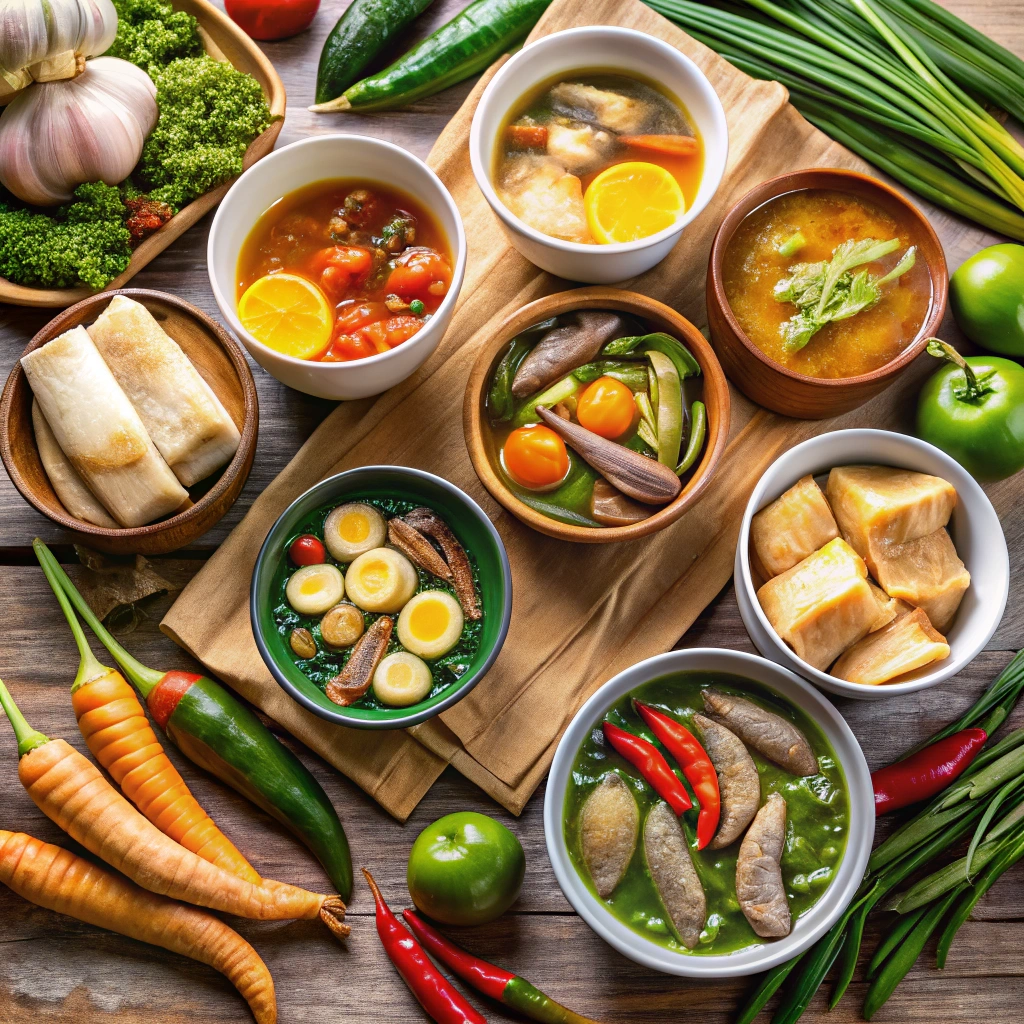
Conclusion
Sinigang is more than just a dish; it’s a reflection of Filipino culture and culinary ingenuity. Its tangy and savory flavors are crafted from a harmonious blend of fresh ingredients, such as tamarind, kangkong, sitaw, and a choice of protein. Whether you prefer the authentic approach of using fresh components or the convenience of pre-made mixes, sinigang offers versatility and satisfaction.
This guide highlights the importance of understanding the sinigang ingredients and mix composition. By selecting the right ingredients, balancing flavors, and experimenting with variations, you can create a bowl of sinigang that meets your taste preferences. For those interested in exploring traditional preparation techniques, refer to our Sinigang Recipe Guide: Best Filipino Sour Soup.
If you’re seeking a healthier or more creative twist, consider pairing your sinigang with options from our Healthy Bowl Recipes Variations or enhancing its flavor profile with the Seafood Boil Sauce Recipe. With every bowl, sinigang brings warmth, flavor, and a taste of home. Whether enjoyed on its own or paired with innovative sides, it remains a timeless dish that continues to delight families across generations.
Stay Connected for More Delicious Recipes!
Love what you see? Follow us on social media for daily inspiration, exclusive recipes, and behind-the-scenes fun! Join our community on Facebook, Instagram, Pinterest, and X to stay updated on all things delicious. Don’t miss out—let’s cook up something amazing together!



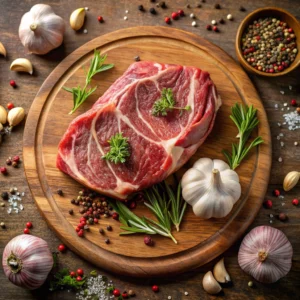


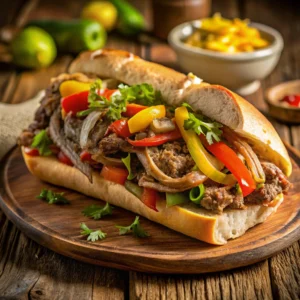
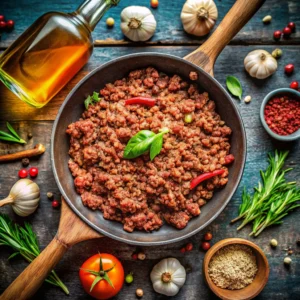
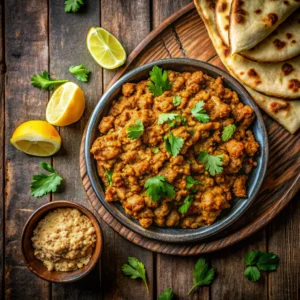


You might also like these recipes
Do You Wash Chicken Keema? The Ultimate Guide to Safe Handling
The Best Side Dishes to Serve With Chili Dogs
Is It Better to Pan Fry or Oven Bake Chicken?